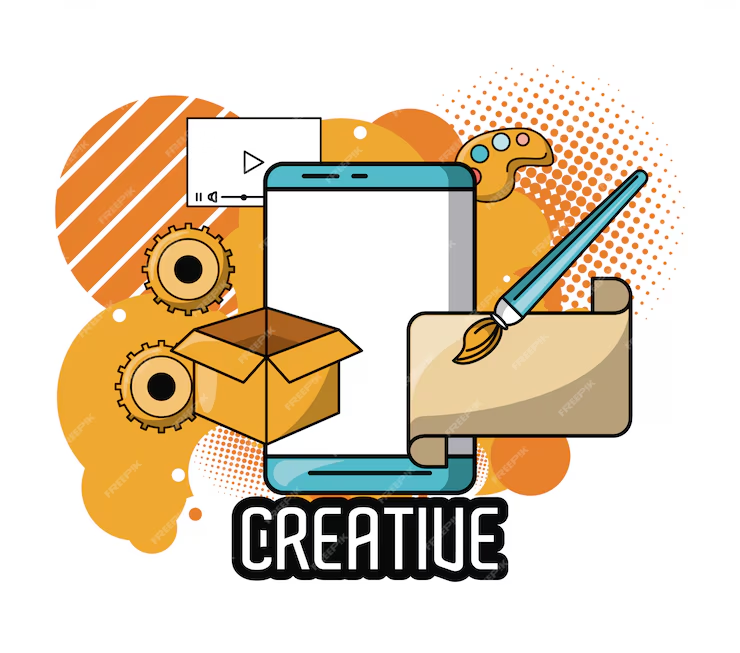Expert Tips for Crafting Iconic Logos

Creating an iconic logo is one of the most impactful steps a brand can take in establishing its identity. An iconic logo doesn’t just represent a company visually, it resonates with its audience and stands the test of time. Expert logo design goes beyond just aesthetic choices—it’s about understanding a brand’s story, its audience, and the larger design landscape. In this comprehensive guide, we’ll dive into the essential tips and strategies to craft logos that are not only memorable but also iconic. These insights, from top designers and industry experts, will help you create logos that leave a lasting impression and become an integral part of a brand’s visual identity.
Understanding the Brand’s Core Message
- Defining Brand Values: Before embarking on a logo design journey, it’s essential to fully understand the brand’s values, mission, and vision. An iconic logo reflects these core beliefs, providing a visual representation that communicates what the brand stands for.
- Target Audience Insights: Know your audience. The logo should cater to their tastes, emotions, and expectations while maintaining authenticity. Understanding your audience’s preferences will guide your design choices.
Simplicity Is Key to Iconic Design
- Minimalism and Clarity: The most iconic logos are often the simplest. Think of global brands like Nike, Apple, and McDonald’s—their logos are clean, simple, and easy to recognize. Avoid unnecessary details that might complicate the design.
- Memorability: A simple logo is easier for people to remember and recognize. The power of simplicity lies in its ability to make a lasting impression without being overwhelming.
Design with Longevity in Mind
- Timelessness: A logo should not only work in the current design landscape but should also stand the test of time. Avoid trends that might look outdated in a few years. Classic design elements tend to resonate longer and adapt better to evolving brand identities.
- Avoiding Over-Trendiness: While staying current is important, logos that are designed based on fleeting trends often lose relevance quickly. Choose design styles that have enduring appeal.
Strong and Meaningful Symbolism
- Using Symbols to Tell a Story: A great logo is often more than just a visual; it’s a symbol that tells a story about the brand. Consider how your logo can incorporate symbolism that reflects the brand’s story, mission, or values. For example, FedEx’s hidden arrow signifies speed and reliability.
- Creating a Visual Identity: An effective logo can communicate a brand’s essence in a single glance. Whether it’s through a shape, color, or iconography, the logo should represent the brand’s identity visually and meaningfully.
Choosing the Right Color Palette
- Color Psychology: Colors have the power to evoke emotions and influence perception. Choosing the right color palette can help communicate the right message. For example, blue conveys trust and professionalism, while green often represents sustainability and growth.
- Consistency with Brand Personality: The colors used in a logo should be aligned with the brand’s overall personality. Whether it’s vibrant and bold or soft and understated, color plays a critical role in reinforcing the brand’s message.
Typography and Font Selection
- Selecting the Right Typeface: Typography is a critical element of a logo design. The font you choose should align with the brand’s tone—whether it’s modern, classic, bold, or elegant. Custom typography can also set a logo apart and make it unique.
- Readability is Key: While creative typography can make a logo stand out, it’s essential that the text remains legible across various sizes and platforms. Avoid overly complex fonts that may become hard to read when scaled down.
Scalability and Versatility
- Logo Adaptability: Your logo should look good in any size, from a business card to a billboard. It should also work in black and white or color and be easily adaptable across different media (digital, print, merchandise, etc.).
- Responsive Logo Design: With the rise of mobile devices, a logo should be scalable and adaptable to different screen sizes and layouts. Ensure your logo works well in both large and small formats without losing its integrity.
Test and Refine Your Design
- Gathering Feedback: Once you have a logo design, it’s important to test it out and gather feedback from key stakeholders or even a small focus group. This helps ensure the logo resonates with your audience and accurately reflects the brand’s message.
- A/B Testing for Effectiveness: Test different versions of the logo in real-world scenarios to see how it performs in the market. Make adjustments based on real feedback to create the most impactful design.
Maintain Consistency Across Platforms
- Logo Integration into Brand Identity: A logo is just one part of a larger brand identity. Ensure that it’s integrated into every aspect of the brand, from websites and social media profiles to marketing materials and product packaging.
- Brand Guidelines: Develop comprehensive brand guidelines that define how the logo should be used across various platforms. Consistent use will help build stronger brand recognition.
Innovative and Bold Designs
- Pushing Creative Boundaries: Don’t be afraid to experiment with new ideas or concepts that push the boundaries of traditional logo design. Innovation can lead to the creation of truly iconic logos that stand out in the market.
- Creating Unique Visuals: Whether through clever use of negative space, geometric shapes, or abstract concepts, ensure that the logo is distinct and original, not resembling other logos in the industry.














